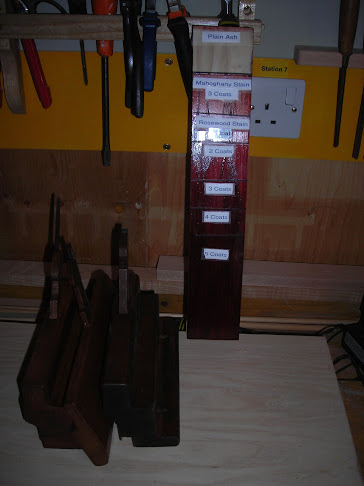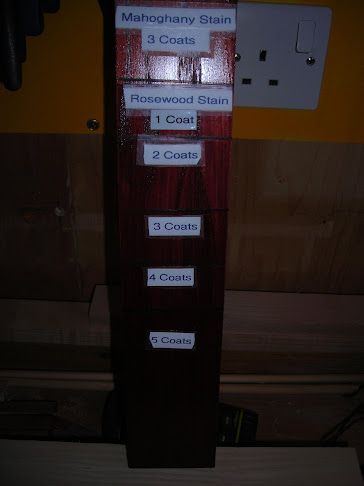It's great to see this progressing - it's been one of my favourite WIP threads from my time on the forum, what with all the details and no glossing over of mistakes and so on, and so far, it's looking pretty good! I can totally understand the loss of momentum, though - much like the other guys who've commented, I have the same thing... curiously the only projects I've not had that problem with are the ones my girlfriend instigated. Hmm.... ;-)
Not a bad idea at all! I use little blocks of softwood with double-sided tape stuck to them for much the same thing - they'll stick to the face of the clamp well enough to stay in place, but they're easy to remove if necessary. The tape does do a good job of picking up all kinds of dust and fluff and needs to be replaced periodically, though.
AndyT":31cj7mxd said:A simple tip when using these lighter-wight sash cramps - I use plywood pads with a little slot cut in them - the slot fits on the bar just tight enough to not fall off, but can easily move when needed.
Not a bad idea at all! I use little blocks of softwood with double-sided tape stuck to them for much the same thing - they'll stick to the face of the clamp well enough to stay in place, but they're easy to remove if necessary. The tape does do a good job of picking up all kinds of dust and fluff and needs to be replaced periodically, though.






























